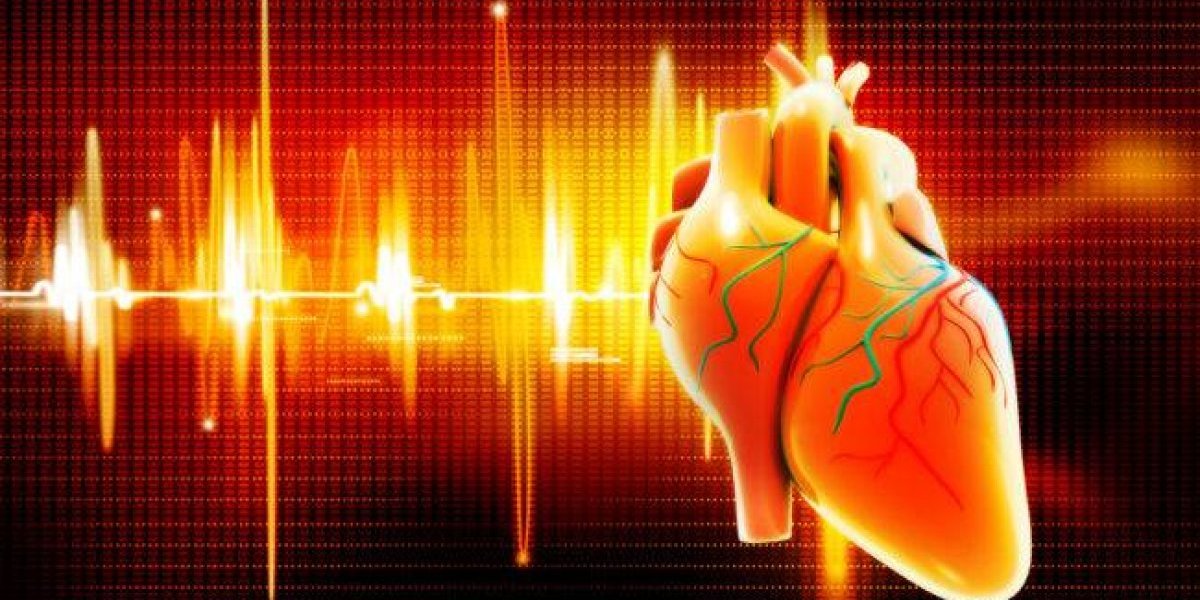37% of deaths recorded in the Dominican Republic are due to cardiovascular diseases. Atrial fibrillation is responsible for approximately 15 percent of all strokes.
February 2018.- The president of the Dominican Society of Cardiology, Claudia Almonte, maintains that 37% of the population dies from cardiovascular diseases, referring to Forensic Pathology studies.
The average heart rate varies from 60 to 100 per minute, but for someone with atrial fibrillation, it can vary between 100 and 175 per minute. Atrial fibrillation causes the electrical system of the heart to become uncontrolled, which causes a decrease in blood circulation and an irregular heart rhythm or arrhythmia.
Atrial fibrillation is responsible for approximately 15 percent of all strokes, and some people live with this condition for years, without knowing it.
Symptoms usually include palpitations, fatigue, shortness of breath, and discomfort or pressure in the chest.
“Atrial fibrillation is triggered by a wrong direction of the heart’s electrical rhythm. Rapid impulses fire simultaneously, causing an irregular rhythm in the atria or upper chambers of the heart, ”explains the head of the cardiology department at Cleveland Clinic Florida and interventional cardiologist, Robert Cubeddu.
“For a prolonged period, atrial fibrillation can significantly weaken the heart and even cause heart failure,” says Dr. Cubeddu.
Arterial hypertension, coronary heart disease, heart failure, stroke, arrhythmias, and valvulopathies are the main cardiac pathologies in the Dominican Republic, says Dr. Claudia Almonte, however, there are currently no statistics on atrial fibrillation.
About procedures for atrial fibrillation, José Baez-Escudero, a cardiologist at the Cleveland Clinic, explains that treatments focus on recovering a normal heart rate, controlling heart rate and preventing blood clots from reducing the risk of strokes.
These usually begin with lifestyle changes and medications. However, medications may not recover normal heart rate, and blood thinners may not be well tolerated by all patients. In this case, a procedure may be necessary, says Baez-Escudero.
There are several innovative techniques, including electrical cardioversion, catheter ablation, device therapy, and surgical ablation. The best option will depend on heart rate and symptoms, as well as time.
When a patient has atrial fibrillation, irregular electrical impulses prevent blood from being fully squeezed from the atria. Blood accumulates in the left atrial appendage, forming clots that can cause a stroke.
For those with atrial fibrillation who have an increased risk of stroke, there are other alternatives available to close the left atrial appendage. “The WATCHMAN ™ a self-expanding device in the form of a parachute that seals the left atrial appendage, preventing it from releasing clots; it is implanted through a catheter in the catheterization room,” says Dr. Cubeddu. Although it does not require surgery, it can be performed under general anesthesia.
“Cleveland Clinic Florida brings together specialists in cardiology, electrophysiology, interventional cardiology, cardiac surgery and cardiac imaging with extensive experience,” says Dr. Baez-Escudero. Providing a multidisciplinary approach offers patients the best result and a better quality of life, he said.





